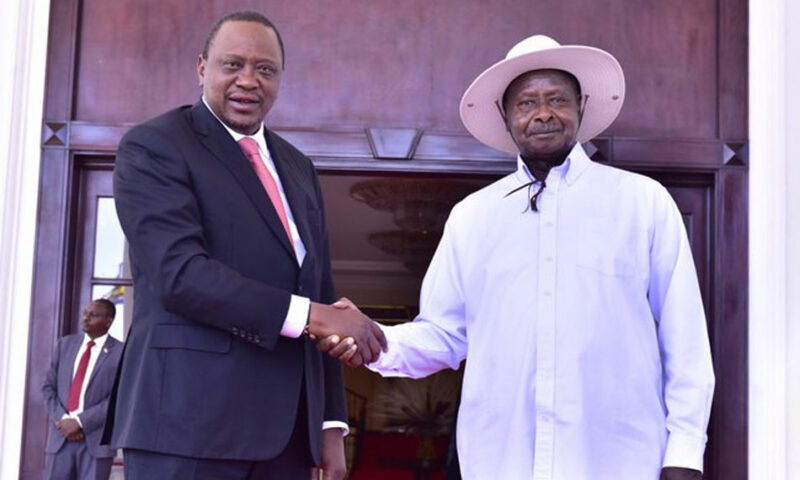By Spy Uganda
Kampala: East Africa’s largest economies plan to borrow at least $16 billion to fund an economic revival, while striving to ease their debt burdens after the coronavirus pandemic battered governments’ revenue.
Finance ministers in Kenya, Uganda and Tanzania will present their 2021-22 spending plans on Thursday, providing details on funding key projects, including building railways and ports, in the wake of heavy indebtedness. The three governments will contend with a combined budget shortfall of about $16.4 billion in the fiscal year. Kenya, East Africa’s largest economy, faces a gap of $8.8 billion equivalent to 7.7% of gross domestic product, which it plans to fill with external and domestic borrowing.
“Policymakers will this year need to lay bare their fiscal consolidation plans and address the elevated debt burdens.
READ ALSO: New Term-Road For Fresh Loans:Uganda Acquires $348M To Improve Country’s Infrastructure
“Developmental needs and projects already underway mean that there is little room to cut spending,” Jacques Nel, head of Africa Macro at NKC African Economics, said in emailed responses to questions.
Budget Gap
The countries are betting on a strong economic recovery for a rebound in revenues that will help narrow fiscal deficits. The International Monetary Fund projects 2022 growth of 5.7% for Kenya, 5% for Uganda, 4.6% for Tanzania and 8.7% for Ethiopia.
Here’s what to expect when the finance ministers present their budget statements for the year starting July 1:
1.Uganda
Uganda has reduced its planned expenditure by 2% to 44.7 trillion shillings ($12.6 billion), and intends to narrow the fiscal deficit to 6.4% of GDP from an estimated 9.7% in the year ending June 30. The government of Africa’s largest coffee exporter is in talks with the IMF for a $1 billion loan to boost its recovery plan.
READ ALSO: Agriculture Boosted As Parliament Approves US$65 Million Loan For Farmers
Ballooning Debt
Borrowing for key infrastructure projects is driving up Ugandan debt.
Debt could approach 50% of GDP at the end of June, according to Moody’s Investors Service. “Persistently large fiscal deficits” lifted the government’s debt burden to about 40% of GDP in fiscal 2020 from 22% in 2013, Moody’s said in a statement.
2.Kenya
President Uhuru Kenyatta’s administration is poised to borrow more to fund an 8.8% increase in spending to 3.66 trillion shillings ($33.9 billion). The added expenditure is fueled by Kenyatta’s need to continue investing in expressways, ports and railways as he nears the end of his second term in office next year.
READ ALSO: Parliament Approves €101.8M Loan For Irrigation Project
Debt Burden
The public debt-service costs will probably surge to a record 1.17 trillion shillings, consuming about two-thirds of domestic revenue, according to the parliamentary budget office. That exceeds the 660 billion shillings Treasury Secretary Ukur Yatani proposes to spend on development projects.
3.Tanzania
The government has increased its budget by 4% to 36.3 trillion shillings ($15.7 billion) in Samia Suluhu Hassan’s first fiscal year as president. She has approached the IMF for a program to support her administration in mitigating the impact of the pandemic, and to implement a recovery plan.
Tanzania plans to borrow close to 10.2 trillion shillings, about half of which will come from external sources.
President Hassan is preparing to procure vaccines for her people, begin delayed investments such as the $30 billion liquefied natural gas project led by Equinor ASA, and continue multi-billion programs including an oil-export pipeline with Uganda. Still, the government is optimistic about keeping its fiscal deficit below 3% of GDP.
4.Rwanda
The government has raised its annual budget by 10% to 3.81 trillion francs ($3.8 billion), and is also in talks with the IMF for a funding program. About a third of the budget will be funded from external sources.
The IMF projects Rwanda’s economy to grow at 6.8% in 2022 from an estimated 5.7% this year.
Rwanda and Ethiopia won’t present their budgets on Thursday.







